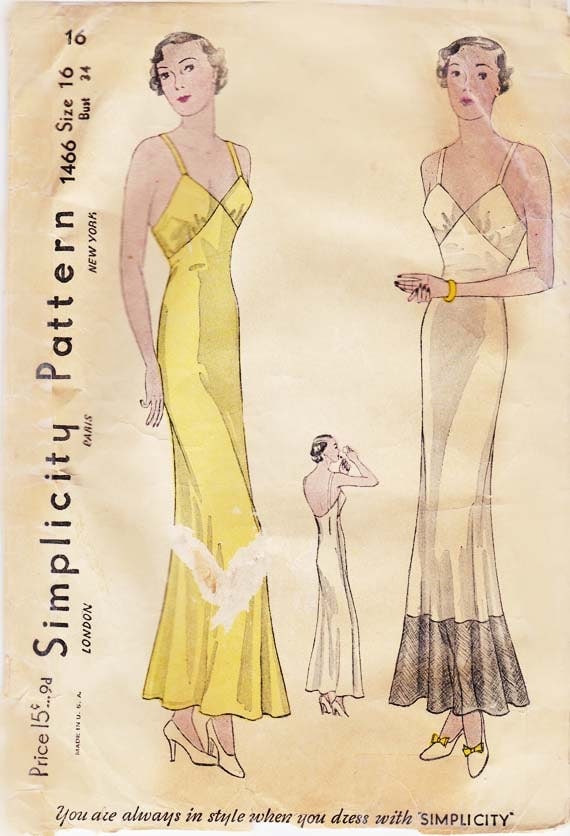Today, my dear readers, I have a real treat. From Fashion Service of 1928, I bring you lessons in draping flounces and panels! This is a fantastic technique that you can use in both historical dressmaking as well as modern. It's a wonderful way to personalize a basic pattern with your own flare. In the examples that follow, picture playing with contrasting fabrics, the combination of prints and solids, or added panels of lace for a more luxurious look.
Without further ado, here is the original article:
The ease with which the modish draperies of the season may be achieved is here illustrated. On a foundation dress that may be new or one of a previous season that you wish to refurbish, straight lengths of material are draped in smart but simple ways to produce the soft, fluttering effects so prominent in the feminine mode that sponsors the "dressmaker" type of dress.
To drape effectively, use soft muslin for trial material and plenty of pins. Follow the diagrams accurately and always mark the center front and center back. When the drape runs over the waist line, cut out slightly as shown.
Finish the edges of the dress fabric with picoting, binding, facing. or tiny rolled hems, as the effect may require, having first determined the size in muslin.
 |
| Rippling Cascade Panel - Picture adding this in a bright, contrasting color... |
 |
| Handkerchief Drapes - Imagine these in alternating colors... |
 |
| Hip Flounces - These would be a good way to add a bit of length to a dress that's a bit too short! |
 |
| Minaret Flounces - You could add these if you have a narrow figure to add the illusion of fuller hips. |
 |
| Diagonal Side Drape - Did you get a wine stain on the skirt of your dress? A diagonal drape is a great way to save the dress if the stain won't come out! |
We briefly explored draping in my most recent pattern drafting class and I became quite interested in the topic. I found that since the class didn't expound as much as I would have liked (due to time constraints) that my collection of Fashion Service magazines were actually a rather useful supplement.
I had one very fun draping assignment in the class - draping around a motif shape - that led to some fun experimenting that I would love to explore further some day... maybe for the next Air Force ball (she said wistfully, knowing that her husband has begged not to be dragged to any more of them...).
Oh, and in other news, I'm delighted to announce that one of my longest running patterns, Depew #3007 Draped French Blouse, is now available in multiple sizes (including 34"-41" bust sizes) in both paper and digital forms!
| Available in both digital and paper versions at MrsDepew.com. |
How about you? Have you ever done any draping? Do you have any favorite draping books or resources that I might enjoy obsessing over?
Happy sewing,

















































